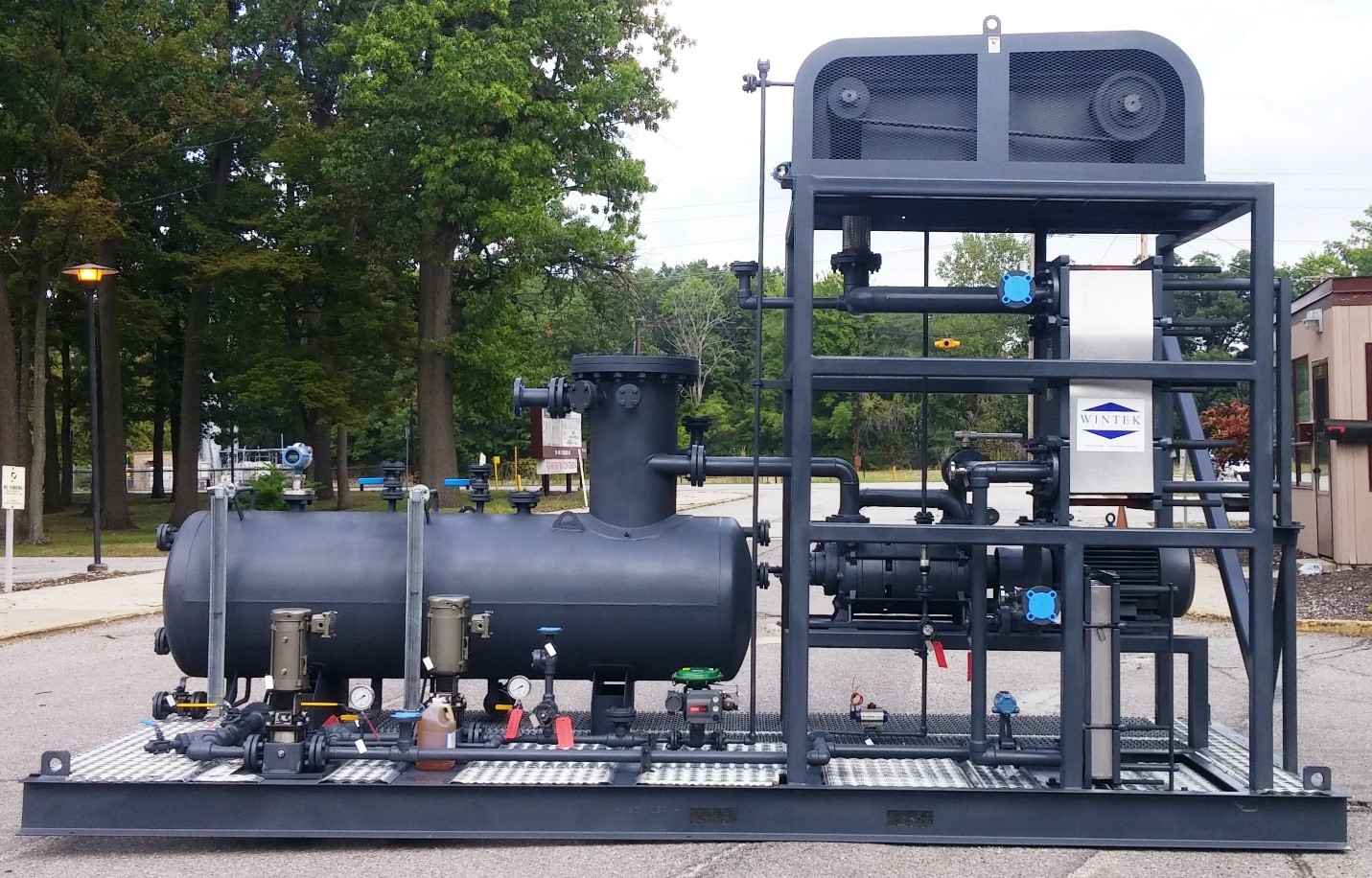Distillation is the process of separating components by applying and removing selective amounts of heat. Components with lower boiling points vaporize while the higher boiling point components remain a liquid. This separation typically takes place in a distillation column. The vaporized components condense and collect in a receiver after leaving the tower as a product. Industrial vacuum distillation is whan this process takes place under pressures less than atmospheric.
How Vacuum Supports Distillation Columns
Vacuum is particularly useful for distillation because compounds experience lower boiling points when under low pressure conditions. This means the components require less energy to heat up and vaporize large amounts within the tower. Depending on the application, vacuum reduces operating costs in separation columns.
Another benefit comes in applications involving polymer formation. Some polymer synthesis techniques utilize distillation columns. Because traditional distillation columns usually operate at high temperatures, the polymer product must be protected from degradation. By reducing the operating pressure of the distillation tower, the bottoms temperature can be lowered. In this case, lower temperature is necessary to prevent polymer degradation.
Wintek has provided process vacuum systems to support industrial vacuum distillation columns for numerous applications in the flavors, fragrance and biodiesel industries, among others. Typically, these applications require deep vacuum. Wintek has designed water or oil-sealed boosted liquid ring vacuum system packages with either steam jets or rotary lobe blowers to achieve the low operating pressures required.

